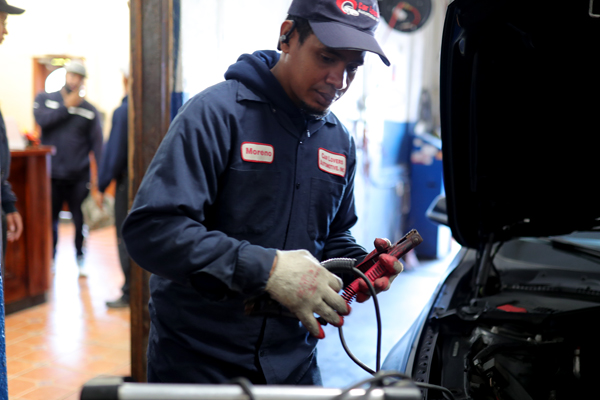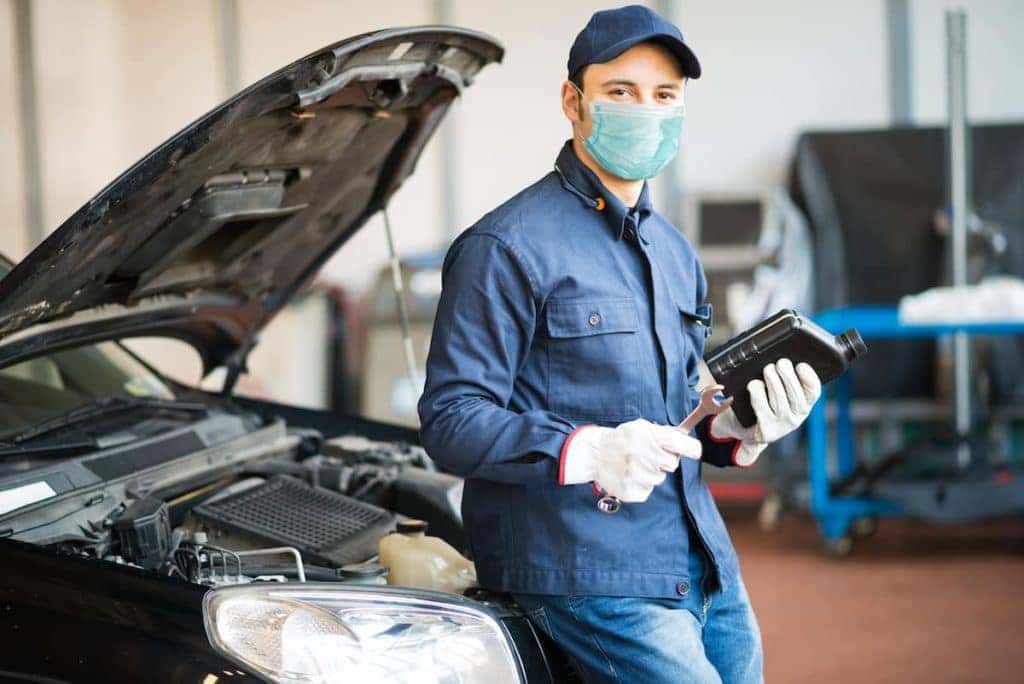All Categories
Featured
Brakes are perhaps the most important safety attribute of any type of automobile. Without reputable brakes, even one of the most effective cars and truck can come to be a risk on the road. That's why routine brake evaluations are a need to for guaranteeing your automobile quits when you need it to. Adhering to a correct brake evaluation routine can not just maintain you risk-free however additionally aid you stay clear of pricey fixings. Below's a thorough guide on how to effectively examine your brakes and what to keep an eye out for.
- The Significance of Routine Brake Inspections. Brakes go through constant damage with every usage, whether you're driving at broadband on the freeway or cruising with city streets. In time, brake pads, blades, and other elements use down, which can influence braking performance. Without routine examinations, you may not observe the steady decline in effectiveness up until it's too late.
Routine brake examinations enable you to capture concerns early, making certain that your brakes continue to be responsive, trusted, and secure. Prompt inspections can likewise conserve you cash by resolving minor concerns before they end up being costly repair work.
- Usual Indicators That Your Brakes Required Attention. While routine brake assessments are essential, there are some indication you can look out for to recognize when it's time to arrange a check-up:
Squealing or Grinding Appears: Shrill squeaks or grinding noises when using the brakes are frequently indicators that your brake pads are worn and need substitute. Vibration or Pulsation: If you really feel resonances in the steering wheel or the brake pedal, it could suggest warped rotors, which might need resurfacing or replacing. Soft or Mushy Brake Pedal: If the brake pedal really feels unusually soft or squishy, there might be air in the brake lines or an issue with the master cylinder. Pulling away: If your auto draws to one side while stopping, this could be brought on by unequal brake pad wear or a problem with the brake liquid. Increased Quiting Range: If it takes longer to quit than usual, it might show that the brake pads are put on, the liquid is low, or the rotors are damaged. If you observe any of these signs, it's finest to have your brakes evaluated right away.

- Secret Components Checked Throughout Brake Inspections. During a brake examination, a professional will examine a number of important components of the stopping system to make certain every little thing is working correctly. Here are the vital parts involved:
Brake Pads: One of the most common reason for poor stopping efficiency is worn-out brake pads. Inspecting the thickness of the pads is a priority during every inspection. Brake Rotors: Rotors need to be smooth and devoid of grooves or fractures. Any significant damages to the rotors might bring about jeopardized stopping efficiency and irregular pad wear. Brake Liquid: Low or polluted brake fluid can harm stopping efficiency. The technician will certainly examine the fluid levels and top quality and change it if essential. Brake Lines and Hose pipes: Brake lines need to be devoid of leakages or cracks. Any type of damage to the lines can cause loss of brake liquid, resulting in brake failing. Brake Calipers: The calipers apply pressure to the brake pads. They should be examined for signs of wear or leaks to ensure they are working correctly. On a regular basis inspecting these parts aids keep your brake system in peak problem, permitting you to stop your car securely and successfully.
- Just how Typically Should You Have Your Brakes Checked? The basic referral is to have your brakes evaluated at the very least as soon as a year or every 12,000 miles, depending on your driving habits. Nevertheless, particular driving problems may require more frequent assessments:
Rush Hour: If you frequently drive in stop-and-go traffic, your brake pads will wear down faster. Mountain Driving: Driving on high roadways calls for even more regular stopping, which can cause your brakes to use extra promptly. Towing or Hauling Heavy Plenties: If you regularly lug hefty loads, your brakes will experience extra tension and call for more constant assessments. If you see any one of the warning indications mentioned previously, do not wait on the next scheduled inspection-- have your brakes checked promptly.
- The Effects of Disregarding Brake Inspections. Overlooking routine brake examinations can result in significant effects. A failing brake system can cause decreased stopping power, which boosts your risk of accidents. Overlooking brake maintenance can also bring about a lot more expensive repairs. For instance, if you postpone replacing worn brake pads, the damages could expand to the blades, bring about the demand for blades replacement, which is a far extra pricey fixing.
In the most awful instance, driving with harmed brakes can cause complete brake failure, putting you and other vehicle drivers in jeopardy. Routine brake evaluations are a small financial investment that can save your life and protect against expensive fixings.
- Verdict: Remain Safe with Routine Brake Inspections. Brakes are not something you want to take possibilities with. A reliable stopping system is crucial for risk-free driving, and normal brake inspections are a basic way to guarantee that your auto quits when you need it most. By remaining on top of brake upkeep, watching for advising indicators, and having your brakes checked at the advised intervals, you'll shield both your vehicle and your safety.
Don't wait up until your brakes start to stop working-- timetable normal brake evaluations and maintain your car in ideal condition for several years to find.
Latest Posts
Minimal Effort, Maximum Sparkle: The Bath Fitter Advantage
Discover the Montclare Promise - Trusted Auto Care
Meet the Experts Behind Montclare Auto Repair - Your Trusted Team
